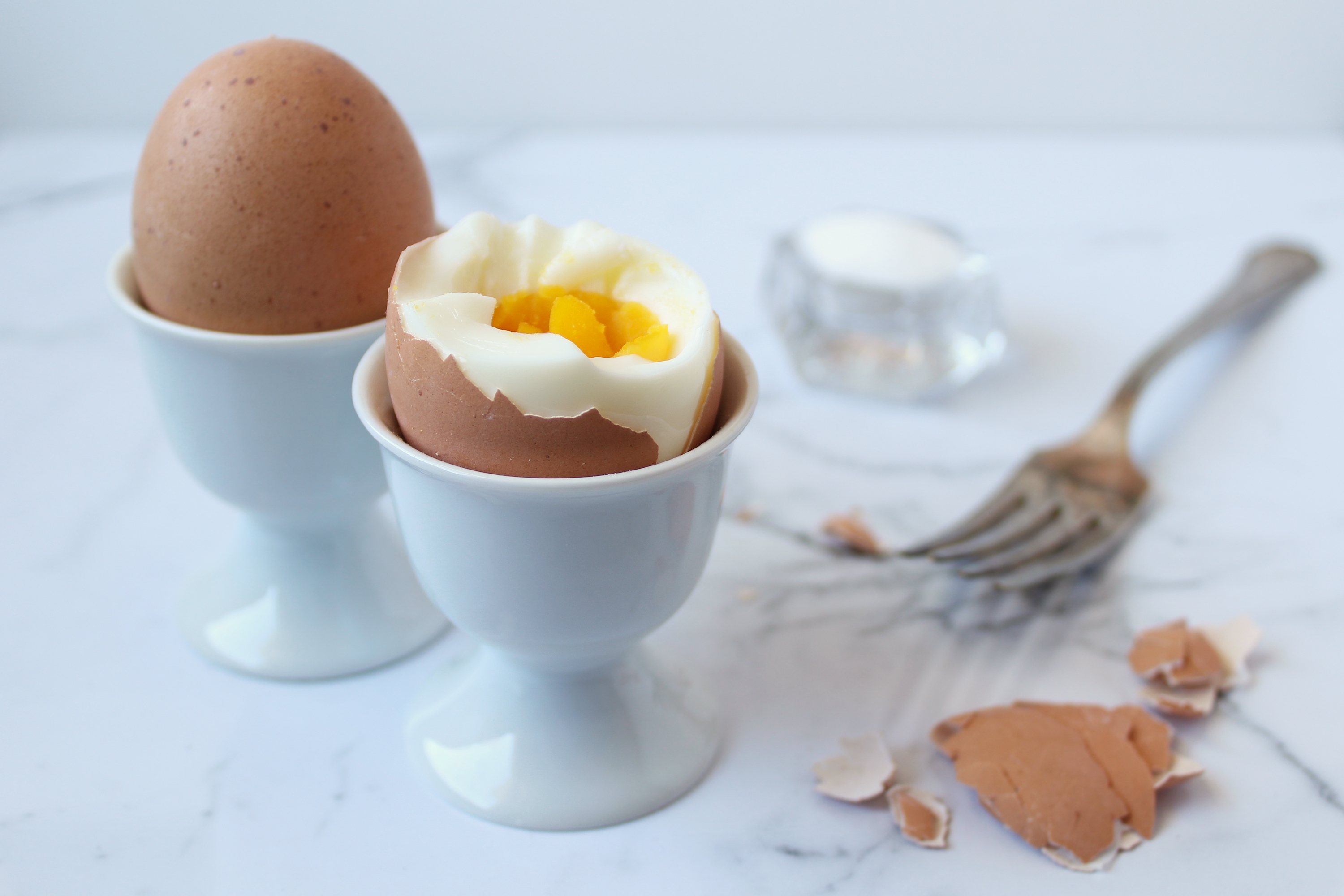10 Fascinating Facts About Hallucinations
The human brain is incredibly complex. It continuously receives input from the body, processes the information, and then outputs commands to maintain system stability subconsciously. At the same time, the brain responds to conscious thoughts, stores memories, tracks time, makes decisions, and interprets a person's surroundings. Sight, hearing, taste, smell, and touch are the main inputs to the brain. When these inputs send the wrong data or the brain misreads the information, people experience a hallucination.
It Is All In The Brain

Many people experience hallucinations. They are part of the human psychic experience. They can be considered 'bugs' in the brain's computer code or 'aberrations' of a complex system. From the time people are born, the brain absorbs daily experiences. Over the years, people build a massive library of sights, tastes, sounds, smells, and feelings relative to their environment. In any situation, the information they receive is filtered through that massive library before any action or reaction occurs. When people sleep, their brain pulls from that library to produce dreams. When this happens while someone is awake, it is called a hallucination. Hallucinations can be as real as a dream. However, most people find that they are far more disturbing than their usual dreams due to the fact that their minds are active while it is happening.
Now You See It, Now You Don't

Magicians create hallucinations. They use the physical limitations of the human body's visual senses to perform feats of magic. They are called illusions but are, in effect, hallucinations. It seems that something is real when it is not. A card passes from one person to another without contact. The magician's helper is sawed in half and then returns whole unharmed. People believe it and puzzle over it because their minds tell them that it looks real. The method used to perform the illusion is not in people's minds and, therefore, they can relate to what is happening only based on their own experience. The magician uses this fact and people's visual limitations to create the illusion. This an entertaining form of hallucination.
DIY Hallucinations

People can create their own hallucinations. They do it every day. Sometimes people imagine themselves sitting behind the wheel of a car in their dreams. At other times, they imagine themselves eating that triple-scoop ice cream cone as someone walks by with one in his or her hand. Imagination is the mildest form of hallucination. Inventors rely on this form of hallucination to 'dream up' new ideas. The 'American Dream' is one of the key motivators of success in the United States. Leonardo Da Vinci, Albert Einstein, Rene Descartes, and more have discovered their best ideas in dreams. The brain assembles knowledge and facts together and neatly outputs the solution in the form of a dream or hallucination.
Float Tanks Are Like Heaven

Float (sensory deprivation) tanks can stimulate hallucinations. People float on body-temperature water saturated with Epsom salts. It feels like floating weightless in the air. The tank is light and sound sealed, so it is extremely dark and quiet. It is so quiet in the tank that people can hear their heart beating and blood running through their veins. While floating in this sealed tank, people start to lose contact with their senses and their brain is freed from sound and visual stimuli. People are at rest and will start to drift in and out of a dream-like sleep that creates hallucinations. Many have discovered solutions to their personal problems through float tank hallucinations.







